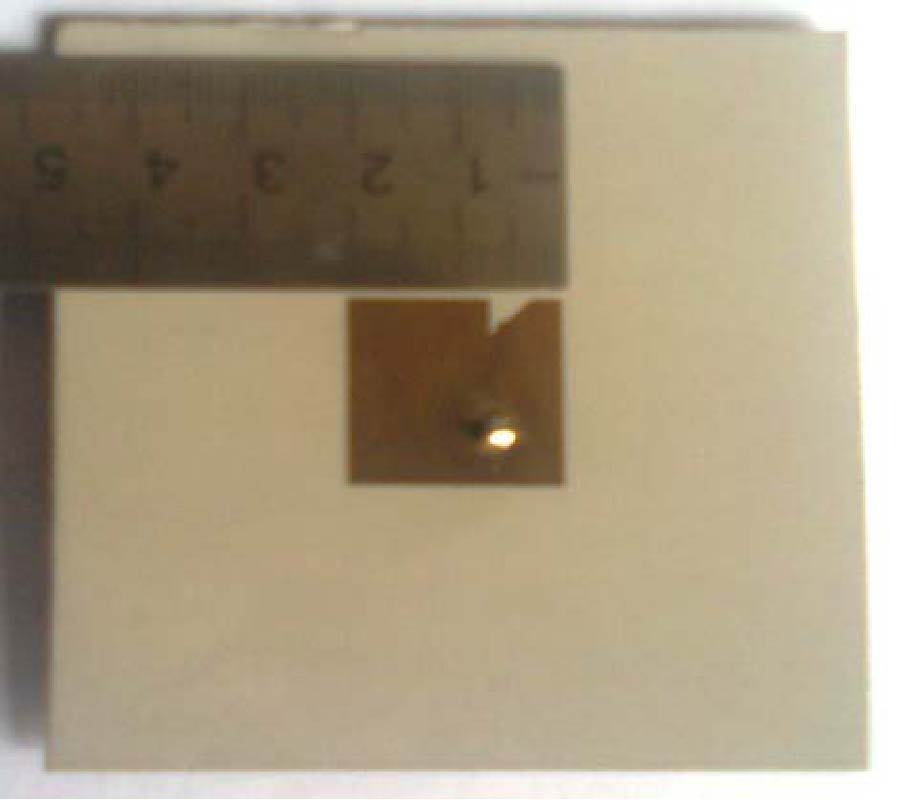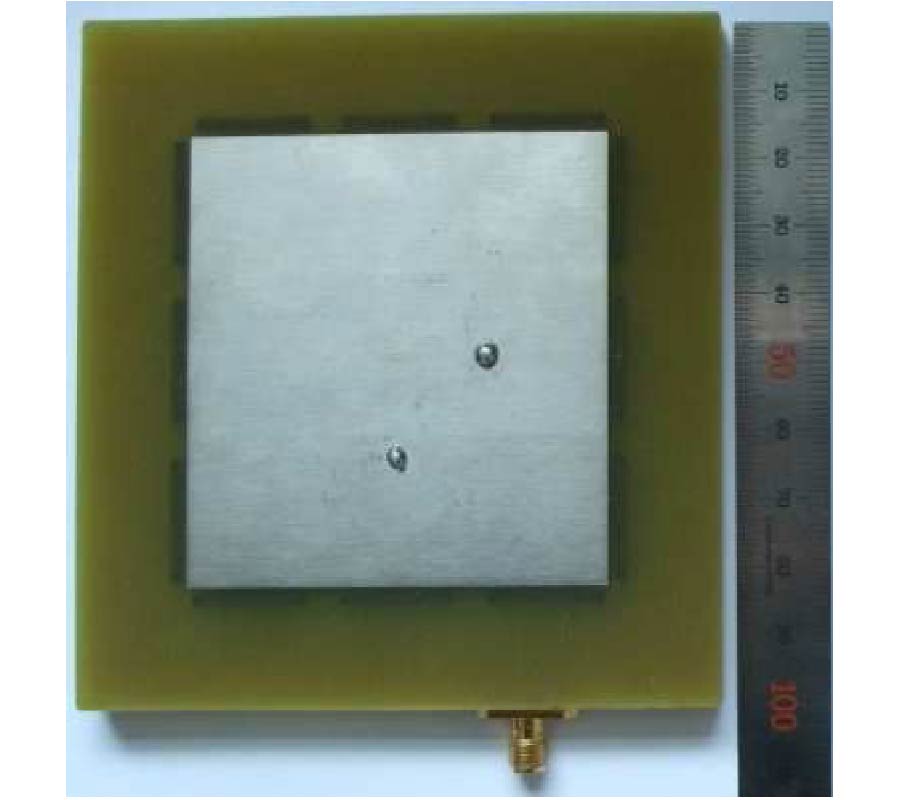2010-12-22 Latest Published
By Wenyi Wang
Renbiao Wu
Junli Liang
Progress In Electromagnetics Research C, Vol. 18, 245-255, 2011
Abstract
The diagonal loading method is a simple and efficient method to improve the robustness of beamformers. However, how to determine the ideal diagonal loading level has not been adequately addressed. In this paper, it is observed in the simulation that the peak of the main beam is moved with the diagonal loading level when there exists a Direction of Arrival (DOA) estimation error. Based on the observation, a novel diagonal loading method is proposed, and a tradeoff exists between the robustness and the interference suppression capability by controlling the peak location of the main beam. As long as the DOA estimation error is less than the half of the width of main beam, the proposed beamformer will not suppress the Signal of Interest (SOI) as interference. Numerical experiments prove the effectiveness of the proposed method.



















